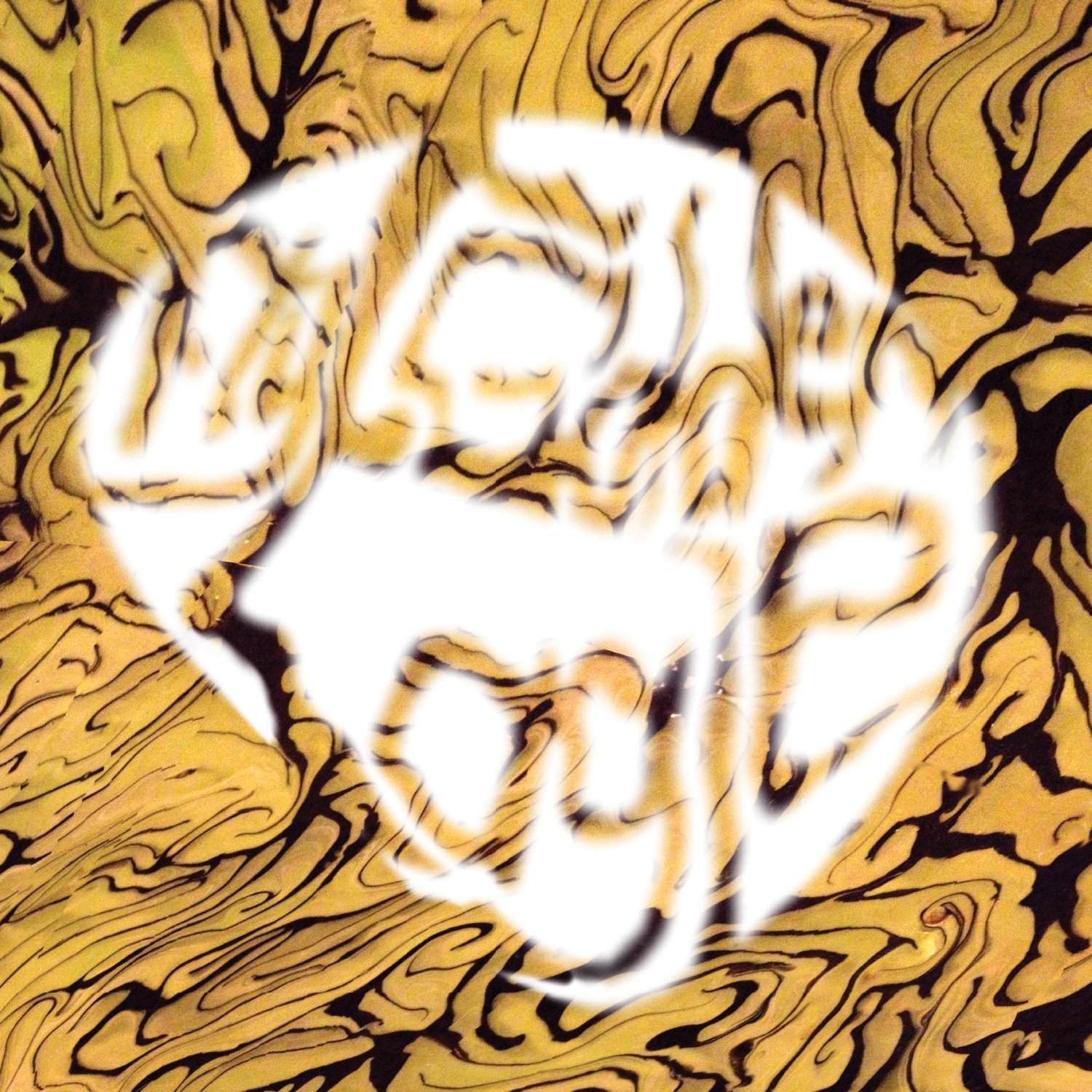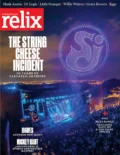
For Nashville-based Fly Golden Eagle, creating music is much more than simply cutting and pasting music influences into a song. Instead, they passionately mix and melt their wealth of influences – from all reaches of the country from Michigan to Texas – together with purpose in order create their own unique sound and identity.
“It’s all about the elements and the different sounds involved – you have to figure out how to make it your own,” says singer Ben Trimble. “You can’t play exactly like all the great artists you love but you can play the way you do and you can make it that style and interpret it your way.”
With this in mind they created their latest album with a twist – a long and short version. They released a 26-song album called Quartz as well as a 12-song version called Quartz Bijou. Both were released earlier this year by ATO Records. With both versions, the band takes listeners on a musical journey into their multi-dimensional sound. Each song shares a different side of the band, including spurts of soul, funk, garage rock, psychedelic rock and twang.
For Trimble, many of his musical inspirations come from growing up and living in Detroit and Kentucky, as well as being part of a religious family and listening to gospel choirs. When he moved to Nashville he started gravitating towards even more kinds of music. The rest of the band is similarly brimming with influences: bass player Matt Shaw hails from Celeste, Texas; Mitch Jones on the keys is from Knoxville, Tennessee; and drummer Richard Harper is from Huntsville, Alabama.
While their previous album Swagger revolved more around Trimble, Quartz and Quartz Bijou finds the band working more as a well-oiled unit. I recently caught up with Trimble to talk about the two versions of the album, getting influenced by Alejandro Jodorowski and more.
The band’s songs cover a lot of ground sonically. Why do you think you’re able to shift gears and make styles come together cohesively?
Honestly, everyone has multiple influences musically and I think for me I like all the songs I’m bringing to the guys. For me it all centers on what it was that was motivating the song in the first place and sort of following that. So a lot of times it’s a contrast of a jazzy section and then a rock section or something. Part of the fun on this album was putting all those together in a way that we thought works. We don’t try to force something. It all compliments each other, or that’s what I hope at least feels for us.
Do you think you’ve been able to mesh styles better as you’ve gone on?
Well there’s a lot more material on this one so it gave us the freedom to explore different things. On the 26-song version some songs are like “let’s do a straight-ahead blues song and double record the drums and do some other things that are fun that are just like a JJ Cale type straight blues song.” Where if it was a shorter version I don’t know if we would include that. Well we did use it on the shorter 12-song version. But I think it being longer gave us the opportunity to try different things and see if it worked. There was a freedom in that that was very fun.
Why did you feel the need to make a long and short version of the album?
For us the last record Swagger, we had to put out all on our own. And we only put it out on cassette and were just burning CD-Rs the whole time for people. For this we knew we wanted to get it on vinyl and a 26-song boxset vinyl is what we would essentially have to manufacture. We didn’t have the liberty to do that so the compromise was to make a shorter version, with the hopes that we can eventually have the money to do a whole boxset vinyl release of it.
The 12-song one, when it was first proposed to us, I wanted to create a different experience out of the 26. So the short version didn’t feel like it was just a chopped up version of the longer one and had its own life and was slightly different. We ended up recording another version of a song that is on the longer version. So it ended up being a good thing all in all. The shorter version feels like it’s its own thing. At first I didn’t think I would dig it but as we finished it and I had heard it, it sounds nice and has its own thing. And 26 songs for somebody to dive into without hearing of us is a lot. So having a 12-song version for people to get acquainted with the band I think is a good move too.
Do you think longer albums are a lost art these days?
Yeah. All Things Must Pass is probably one of my favorite double albums. The last one we put on cassette so we bought this cassette duplicator off eBay and it came with 40 blank cassettes and each side was 90 minutes. And they were just sitting in my room and at night I would always think “What if you made a record that was 90 minutes on each side?” So 180 minutes to fill all the tape. So that cracked the egg of “Oh we should try that and see what happens.” Which really meant just writing a shit ton of songs and starting to work on stuff a lot.
How have jambands like the Grateful Dead influenced you and the others?
Early while we were making this we got into Workingman’s Dead and American Beauty and old concert footage and stuff like that. It’s the Grateful Dead, it’s what they represented as a band. The band was special and I wished I could have experienced it back in the day. It still hits us really good and that band is one of go-tos for sure.
How would you describe chemistry? What’s it like playing with people who are from different parts of the country?
A lot of our songs are very bass and drum driven so a lot comes from there. So we work from that for our foundation, the bass player. Richard, he’s a great drummer and as a human being he’s very enthusiastic and supportive of everyone. He’s always looking to everyone for cues and everything and not just eyes closed going on his own trip. Mitch the organ player, he’s a very gifted musician and he brings the – I like to think of it – color and movement in songs.
On this album we realized for our sound the B3 is a very important vital thing because of all the harmonics involved. It has a very spiritual quality to it and on top of it all those harmonics spinning. Once we realized that we started looking into the history of the Hammond Organ and how it came to be. And it was invented by a watchmaker, John Hanert, and the whole mechanics of it is the gears and watches that they used were sped up. So we looked for a Hammond B3 that we could bring on the road and we found one.
And we just added a percussion player Alejandro Santoyo that plays congas and shakers and he’s played a lot with Latin musicians in the last several years. Latin percussion, I’ve never heard an instrument before that makes you smile and feel good. It’s a very sunny instrument. It’s the glue or tape that wraps everything together and all these gaps with everyone’s playing. Right now every show is really on and each one feels more fun than the last.


No Comments comments associated with this post